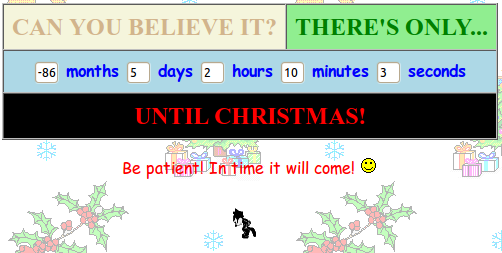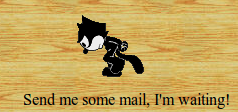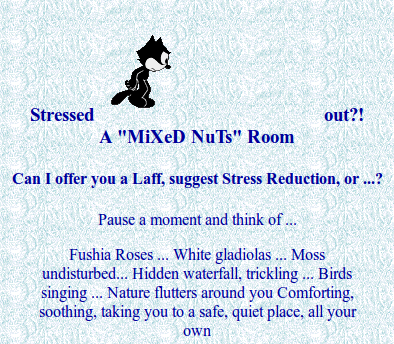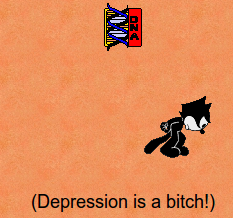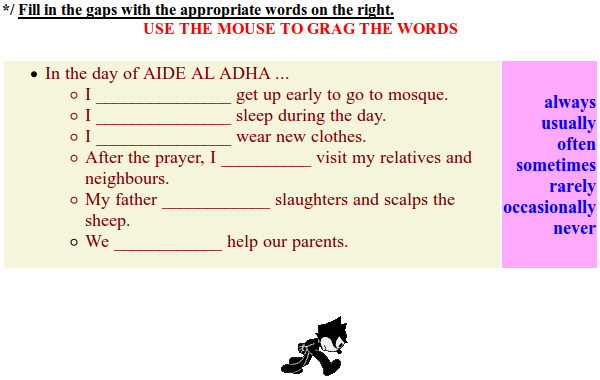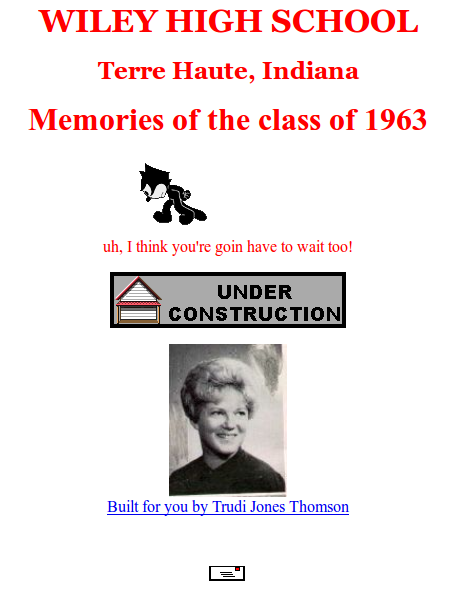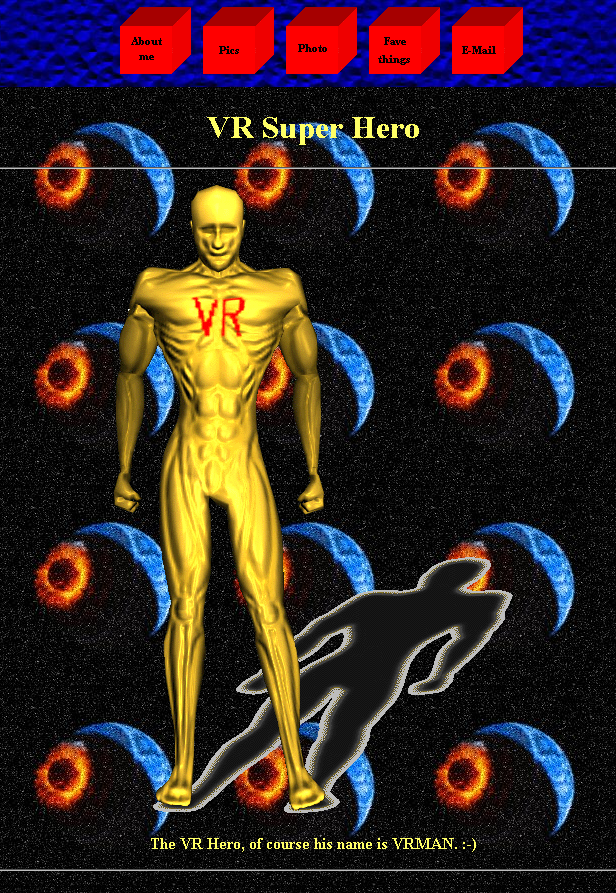




The five copyright line examples above where collected from ten random Geocities home pages. The encircled C is indeed very common in an environment where most people probably wouldn’t expect it. Indeed it seems weird that pages completely consisting of image elements copied from somewhere else would bare such a notice.
The comment data inside of image files frequently contains copyright lines as well – even with the most simple examples:

Copyright..1996 all rights reserved David Green dave49@fn.net Created using Gif Construction Set 32 “Registered Ver” “hands off”

Copyright 1996, by ArcaMax, Inc.; All rights reserved.

Background Copyright (c)JPayne 1996 All Rights Reserverd Must be purchased to be put on Non Profit Sites
From today’s perspective, these copyright lines give a hopeless appearance. There is for example a version of kilroybar.gif that dates back to 1995, it is not animated and bears no copyright notice though. So apparently David Green, claiming “all rights reserved”, mainly added an animation in 1996 to an existing static image. Apart from this, the figure Kilroy was already part of US folklore since the 1940’s, making it hard to claim copyright for it.

The buzzing line animation heartbt.gif, of which “ArcaMax, Inc.” claims to own all rights, hardly looks like something that is copyright-able at all. Apart from the act of creating the actual file, there is no trace of any kind of original work. Granted, ArcaMax, whoever that might have been, also created some more interesting animations like rotating globes and waving US flags – but also the complete alphabet rendered in the popular Times New Roman font, which is just a conversion, not a creative act.
The last example, backjpmidnitesatin.jpg, even contains a puzzling commercial offer: The image has to be licensed for use on non-profit websites. Which means that if a website generates profit, no license purchase is required, making the rich richer and the poor poorer. How to purchase a license from “JPayne” is not clear.

Luckily, I was able to contact “Moss Brook Arts”, the creator of the legendary dove animation. In 1996 he not only put a “copywrite” notice inside the GIF file, but also asked for a fee of 5$ for its usage on other web sites. He agreed to answer some of my questions.
According to himself, he used the term “copywrite” instead of “copyright” simply out of naivety. He never made any money from the animation. Probably nobody ever looked into the file to see the request for money. And, the animation is actually an appropriation of another GIF he found somewhere online: It was terribly animated and looked clumsy, but he saw the potential and spent many days to fix it into the perfect version that became an early web superhit. Moss Brooks writes in a personal email: “I finally had done enough work on the dove to feel qualified to take credit […].” (The same probably applied to GIF hero Chuck Poynter, who appropriated animations from 1980’s software and spread it with his name inside the files.)
This proved my intuition that the copyright notices on Geocities are not to be taken literally as copyright notices. They are instead a from of digital signature from a person that spent time bringing something to the web and feeling proud about it. A © is simply a bit stronger than “made by”. – Maybe this process can be compared to construction workers scratching their initials into still-soft concrete, or leaving a hand print in fresh cement.
The creators of early GIFs and web pages might not have been totally original in the sense of creating something that didn’t exist before in any form. – In many cases they actually did something much greater: making something usable for millions of people that would come after them. Of what relevance would the dancing girl be if Chuck Poynter would have left it to rot on some old diskette? Thanks to him, the animation became a cultural icon. Thanks to Moss Brook Arts, we will forever have a perfect dove. And David Green deserves credit for animating Kilroy as well.






